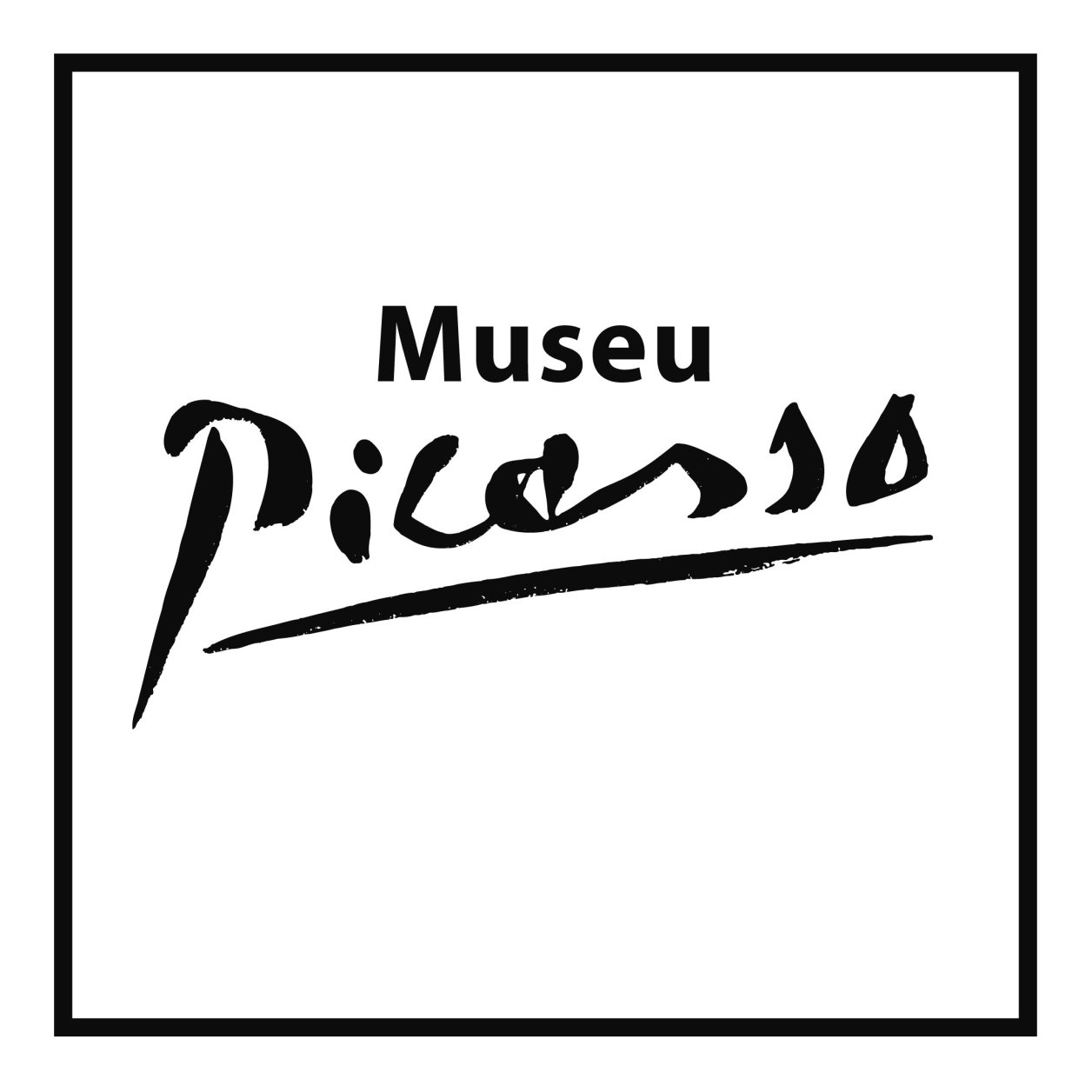- Ajuntament de Barcelona
- Institut de Cultura de Barcelona
Van Gogh and Montmartre Nienke Bakker
Material type: TextLanguage: Anglès Series: Van Gogh in focusPublication details: Amsterdam: Van Gogh Museum 2011 Description: 82 p. ; 24 cmISBN: 9789079310258 Subject(s): Van Gogh, Vincent Willem, 1853-1890 | Montmartre | París | Arte de vanguardia | Montmartre | París | Van Gogh, Vincent Willem (1853-1890) | Avantguarda (Estètica)Summary: In 1886, Vincent van Gogh went to live with his brother Theo in Montmartre. This vibrant quarter of Paris, with its many cafés, shops selling art and artists supplies and its cheap restaurants and brothels, was the bustling hub of artistic Paris. In the two years he spent there, the realistic painter of peasant life developed into a modern artist following in the footsteps of the Impressionists. surroundings offered him a wealth of subjects to paint and draw. Its distinctive windmills and vegetable gardens, the view over the city, the old narrow streets and the people out for a stroll he captured everything with great enthusiasm and a fine eye for detail. Van Gogh also became friendly with other artists during this period and made his first serious attempts to sell and exhibit his work. By the time he left for Arles in the south of France in 1888, Van Gogh had gained a modest place for himself in the Parisian avant-garde.
TextLanguage: Anglès Series: Van Gogh in focusPublication details: Amsterdam: Van Gogh Museum 2011 Description: 82 p. ; 24 cmISBN: 9789079310258 Subject(s): Van Gogh, Vincent Willem, 1853-1890 | Montmartre | París | Arte de vanguardia | Montmartre | París | Van Gogh, Vincent Willem (1853-1890) | Avantguarda (Estètica)Summary: In 1886, Vincent van Gogh went to live with his brother Theo in Montmartre. This vibrant quarter of Paris, with its many cafés, shops selling art and artists supplies and its cheap restaurants and brothels, was the bustling hub of artistic Paris. In the two years he spent there, the realistic painter of peasant life developed into a modern artist following in the footsteps of the Impressionists. surroundings offered him a wealth of subjects to paint and draw. Its distinctive windmills and vegetable gardens, the view over the city, the old narrow streets and the people out for a stroll he captured everything with great enthusiasm and a fine eye for detail. Van Gogh also became friendly with other artists during this period and made his first serious attempts to sell and exhibit his work. By the time he left for Arles in the south of France in 1888, Van Gogh had gained a modest place for himself in the Parisian avant-garde.
| Item type | Current library | Call number | Status | Date due | Barcode |
|---|---|---|---|---|---|
| Monografia | Biblioteca Museu Picasso | FH GOG Bak (Browse shelf(Opens below)) | Available | ||
| Monografia | Biblioteca Museu Picasso | 75 (Gog) Bak (Browse shelf(Opens below)) | Available | 2011-220 |
Browsing Biblioteca Museu Picasso shelves Close shelf browser (Hides shelf browser)
| 75 (Gle) Mas Albert Gleizes / | 75 (Gle) Var Albert Gleizes : | 75 (Gle) Var Albert Gleizes : | 75 (Gog) Bak Van Gogh and Montmartre | 75 (Gogh) Dorn Van Gogh und die Haager Schule | 75 (Gogh) Gol L'impressionismo e l'età di Van Gogh | 75 (Gogh) Heu Van Gogh and the colours of the night |
In 1886, Vincent van Gogh went to live with his brother Theo in Montmartre. This vibrant quarter of Paris, with its many cafés, shops selling art and artists supplies and its cheap restaurants and brothels, was the bustling hub of artistic Paris. In the two years he spent there, the realistic painter of peasant life developed into a modern artist following in the footsteps of the Impressionists. surroundings offered him a wealth of subjects to paint and draw. Its distinctive windmills and vegetable gardens, the view over the city, the old narrow streets and the people out for a stroll he captured everything with great enthusiasm and a fine eye for detail. Van Gogh also became friendly with other artists during this period and made his first serious attempts to sell and exhibit his work. By the time he left for Arles in the south of France in 1888, Van Gogh had gained a modest place for himself in the Parisian avant-garde.
Donatiu Van Gogh Museum
R. 2011/220

There are no comments on this title.